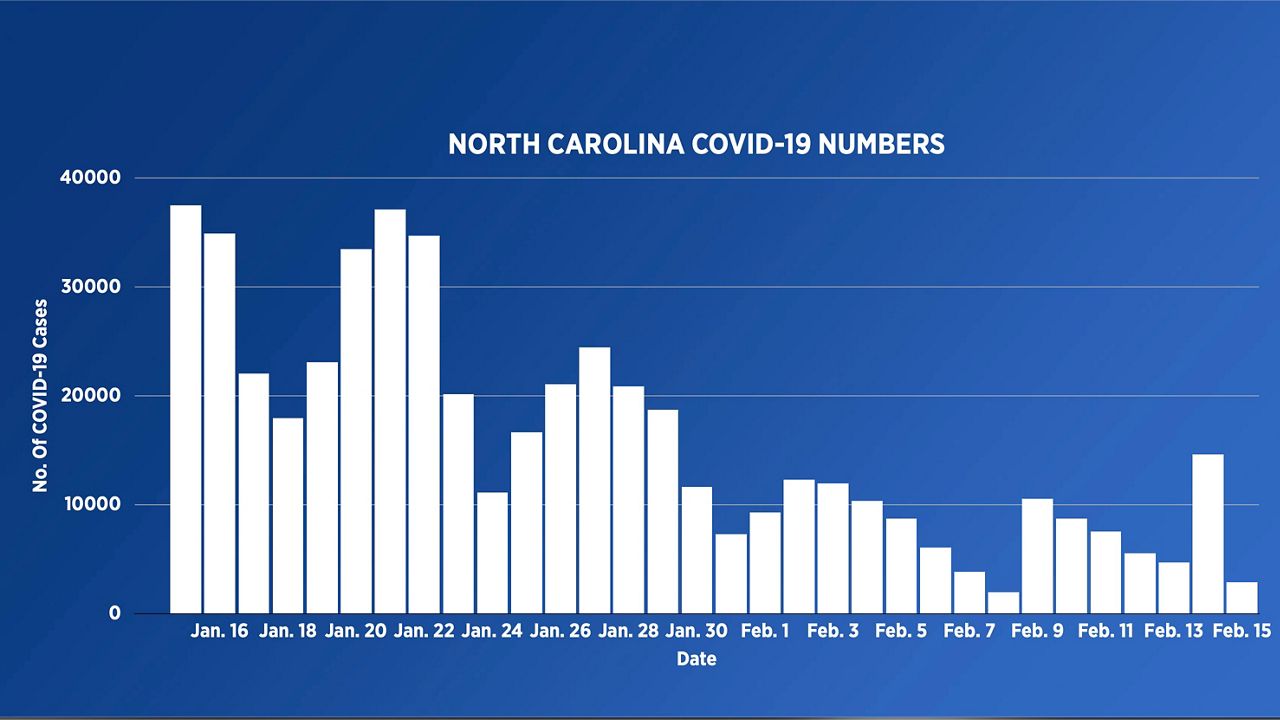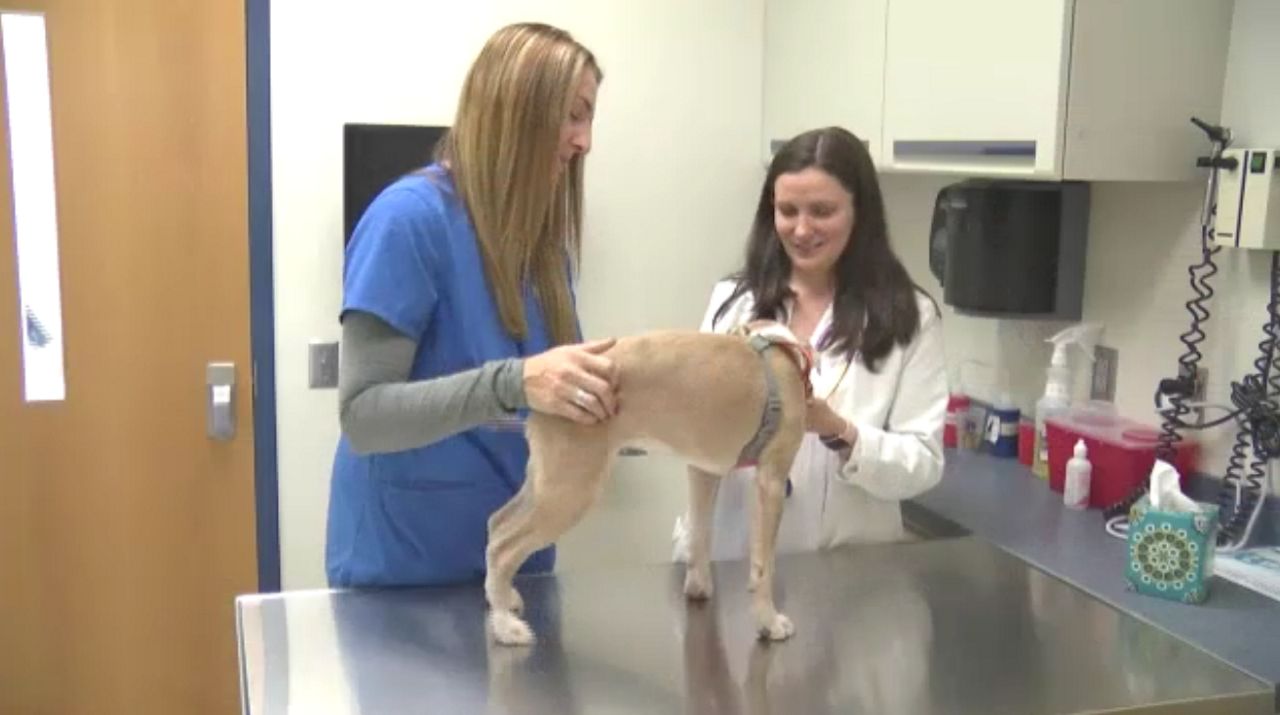CLEMMONS, N.C. — Six years after a heart attack caused her heart to stop 20 times, a North Carolina survivor is encouraging other women to make the No. 1 killer, their No. 1 priority.
Frann Paige is an art teacher at Clemmons Elementary School, but her life hasn’t always been so colorful. In 2015 she suffered from a major heart attack that caused her heart to stop 20 times, but the kicker is, like thousands of other women, she didn’t even know she was having a heart attack.
“It came out of nowhere, and it uprooted our entire lives,” Paige recounted.
What began with flu-like symptoms landed Paige into a coma for nearly four weeks, and Paige says because women are so accustomed to living with pain, spotting the difference between a heart attack and everyday aches and pains makes it all the more difficult.
“I didn’t need to go to the hospital, I had the flu. The next thing I knew it was a month later, and I woke up in a coma,” she said.
What’s known as the “silent killer,” heart disease quickly turned what was believed to be a quick trip to the hospital into her family’s worst nightmare. Paige’s health began to rapidly decline, and it wasn’t long before her hospital room was flooded with doctors, nurses and a chaplain, advising her husband to make arrangements for her family to say their goodbyes.
“I was on a ventilator, dialysis, I was on every machine the hospital owned for almost four weeks,” she reflected. “I was on a ventilator, dialysis, I was on every machine the hospital owned for almost four weeks,” she reflected.
Her doctor had little hope for Paige, but she says she had much more life left to live.
“I told them I wanted to see my kids grow up and go to their weddings and see grandchildren and get back to school to teach my students,” she said.
And that she did. Paige, or as they referred to her “Wonder Woman,” survived what she recalls as one of the hardest times of her life, but she says what was even harder was what came after she woke from her coma. She had to learn to speak, walk and draw again before she could make it back to school to teach her students, and make it to her daughter Jillian’s wedding.
“My daughter’s wedding was in October, and it was beautiful. And the best part about it was that I was there,” she shared.
Since, Paige has become an important member of the Guilford Go Red program and is urging more women to become their own advocate, listen to their bodies and take their heart health seriously. Understanding the difference in heart attack symptom presentation in women is vital in what could be a lifesaving decision to seek medical attention.
While men typically get left arm pain and shortness of breath, women can get back and stomach pain, nausea, cold sweats, fatigue and shortness of breath, just like most women get during menstruation or even just a typical day. Paige advises if you have more than one inexplicable symptom, to get to a doctor and ensure your paperwork is filed.
“File all of your papers now. Don’t say I'll do it tomorrow, do it now, especially if you have a family. They wouldn’t even let my husband speak to anyone until he was my power of attorney,” she recalled.
According to the American Heart Association, one in every three women die of heart disease in the U.S., and 50% of African American women over the age of 20 already have heart disease. But there are ways more women can help ensure those numbers go down.
Recent studies show that despite heart disease killing more women than any other disease, women are the least participating subjects in research clinical trials.
Dr. Kardie Tobb, a Cone Health cardiologist in Greensboro, outlined the issue at the national level. Her research was recently published by American Heart Journal Plus: Cardiology Research and Practice and found that only 38% of all heart disease clinical trial participants were women. This, in turn, leads to most research, treatment, and advancements to be based mostly on men, despite how differently male and female hearts are structured. She hopes more women will understand the dangerous possibilities that could spawn from ignoring their heart health.
As for Paige and the thousands of women around the U.S who are at higher risk, sometimes the best sort of prevention, is preparation.









